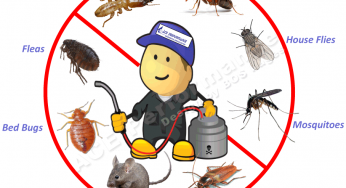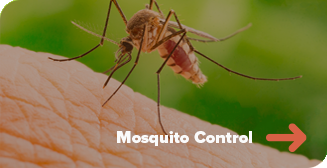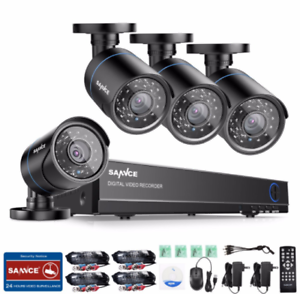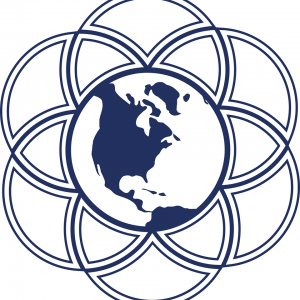Emulsifiable concentrates (EC)
These are concentrated arrangements of the specialized grade material containing an emulsifier to assist the concentrate with blending promptly with water for showering. The emulsifier is a cleanser that prompts the suspension of minutely little oil drops in water, to shape an emulsion. At the point when an emulsifiable concentrate is added to water and upset (i.e., blended enthusiastically), the emulsifier makes the oil scatter consistently all through the transporter (i.e., water) creating a hazy fluid. Fluid details are not difficult to ship and store, and require little disturbance in the tank. Notwithstanding, care should be practiced in dealing with harmful concentrates. The formulations can be seen in the link follows, click here http://npic.orst.edu/factsheets/formulations.html#:~:text=The%20pesticide%20formulation%20is%20a,%2C%20synergist%2C%20or%20nitrogen%20stabilizer.

Wettable powders (WP)
At the point when a latent residue is impregnated with the pesticides, and a wetting specialist is integrated, the resultant powder, whenever blended in with water with constant fomentation, shapes a fine suspension. To plan a wettable powder, the specialized grade of the poison is added to a latent diluent and a wetting specialist (similar to a dry cleaner or cleanser) is included in the expected proportion, and the entire mix is completely blended. Wettable powders as a rule contain half of the latent powder or earth yet may try and be blended to an extent of 75% a.i. furthermore, 25% of other latent substances. The consistent blending of the combination is by and large expected after the expansion of water, as if not the suspension might settle to the lower part of the fluid. Wettable powders are not difficult to convey, store, measure, and blend. Be that as it may, care should be taken to safeguard against inward breath during dealing with.
Cleans
These are the most straightforward of details and the least demanding to apply. In a planned residue, the accompanying two kinds of combinations are typically found:
- a) Undiluted poisonous specialist, e.g., sulfur dust utilized for control of vermin and fine mold.
- b) Toxic a.i. furthermore a latent diluent. This is the most widely recognized dust detailing sold as 2%, 5%, or 10% a.i dust.
Cleans are the most un-powerful and, even though costs are lower, have the most un-monetary return. Tidies give unfortunate store on the objective plants. It has been determined that not more than 10-15% of the applied material is held on a superficial level.
Granular pesticides
This is a detailing wherein the compound is as little granules of idle material, either as a covering on the outer layer of the dormant granules or as an impregnated poison in the granules. The a.i. of the granules fluctuates from 3% to 10% in India, yet might depend on 25% in certain nations. The size of the granules differs from 20 to 80 cross-sections (i.e., the quantity of corn meal (granules) per inch of the strainer through which they need to pass). Granular pesticides can be applied onto the dirt or might be set in the whorl of leaves relying upon the idea of nuisance control required. Granular insect sprays might be more monetary since exact applications are conceivable with them. At this point when applied in the dirt, they are by and large less unsafe to gainful bugs like honey bees.
Ultra-low volume splashes (ULV)
Ultra low volume applications are figured out to such an extent that on many occasions. they needn’t bother with any further weakening or just a little amount of diluent transporter is required. The all-out volume expected with the ULV definitions is from 2 to 4 L ha-1.




